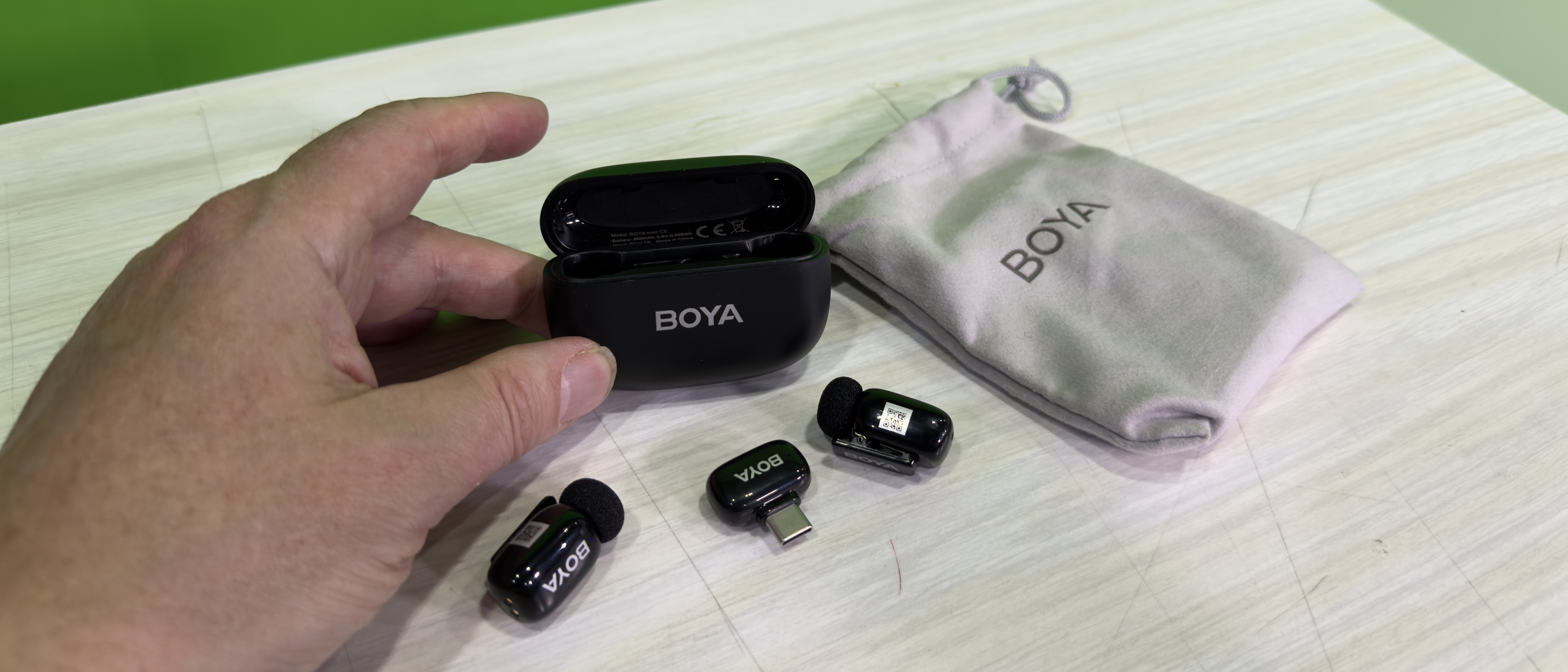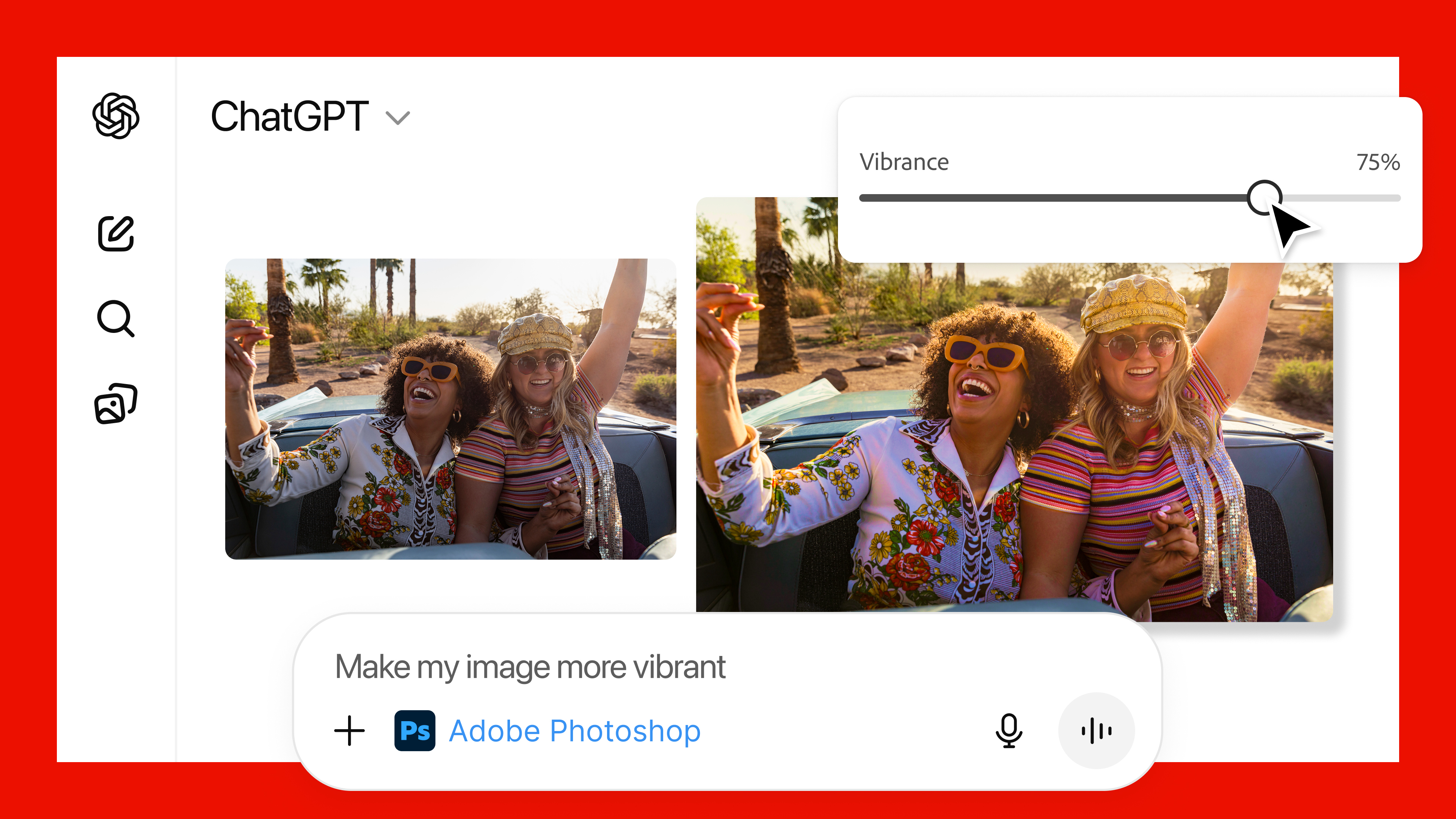Digital Camera World Verdict
Despite being the smallest wireless mic we’ve tested this 5g wonder performed better than some larger and more expensive mics, especially when it came to broadcasting over a distance without any signal drop out (see our accompanying video). It’s also much cheaper than similar small mic kits such as the DJI Mic Mini. The Boya mini is perfect for smartphone content creators who might need to whip the kit out of their pocket and capture a spontaneous interview or make a presentation to camera. It’s small but produces ‘big’ CD quality sound - and it won’t break your budget. Highly recommended for social media content creators.
Pros
- +
Minuscule transmitters and receiver
- +
AI noise reduction
- +
Cable-free receiver connection
- +
Long transmission range
Cons
- -
Hard to tell which level you’ve chosen
- -
Gimmicky voice changer
- -
Mono recording only
Why you can trust Digital Camera World
Chinese company Boya has been producing microphones for content creators since their launch in 2012, from wired lavalier mics such as the Boya BY-M1 which features in our best microphone for vlogging and filmmaking guide - to wireless mic kits such as April 2024’s release of the wireless Boyamic kit.
Released into a crowded market in November 2024 is the Boya mini - a 2.4GHz Digital Frequency wireless microphone kit that is billed as the smallest wireless mic kit in the world. With new mics being unveiled each month this may not be the case when you read this review but at the time of writing this is indeed the smallest mic kit that I’ve tested and reviewed for Digital Camera World, and I’ve reviewed 29 mic kits including this one to date! Both the Boya mini transmitters and receiver fit into a case that’s small enough to be confused with your ear pod case when you reach for it in your pocket! The smallest mic I’d tested before encountering the Boya mini was the Godox Cube and despite being even smaller, the Boya mini can outperform the Godox Cube in relation to broadcasting over a distance without signal dropout!
While testing the Boya mini DJI released their own micro mic - the DJI Mic Mini. Although they are indeed small, at 10g the DJI Mic Mini’s transmitters are twice the weight of the 5g Boya mini transmitters. Check out our alternative section below to help you make a decision on which kit is best for you.

Boya Mini: Specifications
| Mic type | 6mm condenser microphone |
| Transmission Type | 2.4GHz Digital Frequency |
| Signal to Noise Ratio | >80 dB |
| Max SPL | 120dB |
| Battery Life | 6 hours |
| Max Distance | 100m (with line of sight) |
| Noise Reduction | Yes |
| Onboard recording | No |
| Weight | 5g |
| Dimensions | 31mm x 15mm x 16.4 mm |
| Connection | USB-C and Lightning |
| Weight | 5g |
Boya Mini: Design & Handling
As with most wireless mic kits on the market, the Boya mini kit consists of a charging case containing two transmitter mics and a receiver. You can charge both transmitters and receivers simultaneously by plugging a USB-C cable into the base of the case (as if charging up a pair of audio ear pods in their case). Because the case’s contents are equally charged you can be confident that when you’re conducting an interview the interviewee’s mic will transmit for as long as yours does. A major bonus is that the case has a built-in battery so when you pop the mics back into the case they will receive a top-up charge (which the transmitter mics will need after transmitting for 6 hours via their own built-in battery).
The Boya mini transmitters are indeed tiny and at 5g in weight they won’t cause clothing to sag when they are attached to a subject’s shirt. Unlike many mic kits (such as the almost as small Godox Cube SC the Boya mini doesn’t use magnets to attach it to your subject - just a springy clip. Most wireless mic kits ship with windshields (or ‘dead cats’) that you need to attach - and that process can be fiddly. The Boya mini’s wireless transmitter condenser mic has a tiny foam windshield already attached. I really like this design feature as I’ve lost windshields from other kits in the past and they are essential to capturing clean audio stacks when using the mics outdoors.
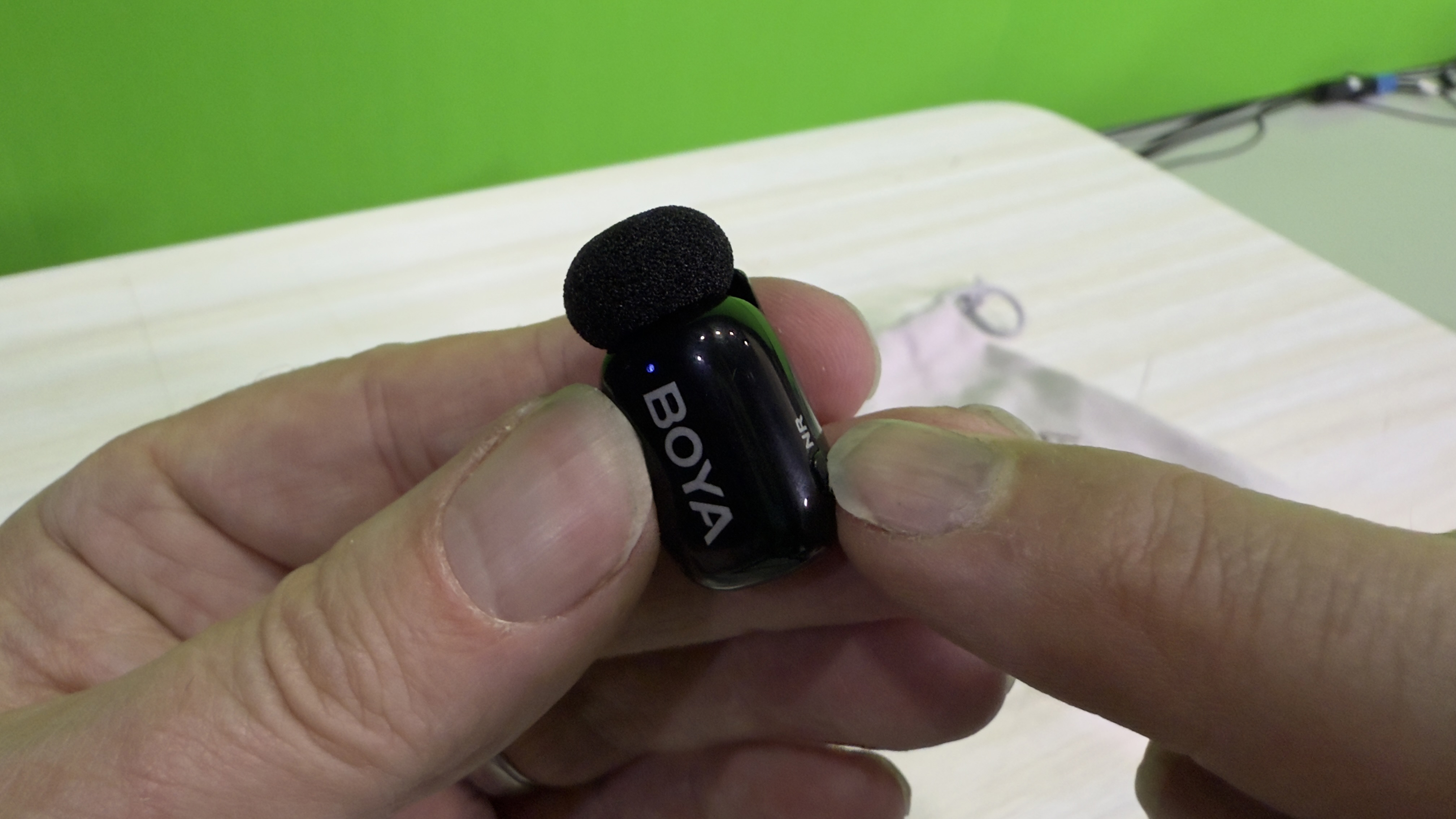
Some transmitters have built-in displays that show you sound levels and NR (noise reduction) status. One such transmitter is the Saramonic Blink Me kit. Thanks to that kit's OLED screen its transmitter weighs a shirt-sagging 30g compared to the Boya mini’s 5g. The Boya mini transmitter’s tiny blue light is adequate enough to let you know when it’s transmitting a standard signal. The light turns green when the transmitter’s tiny NR (noise reduction) button is pressed. The NR button is very small and it’s almost flush with the transmitter’s shiny plastic casing. This can make it a challenge to find and press during a shoot. Fortunately, you can see if NR is active by looking at the green light on the receiver attached to your smartphone.
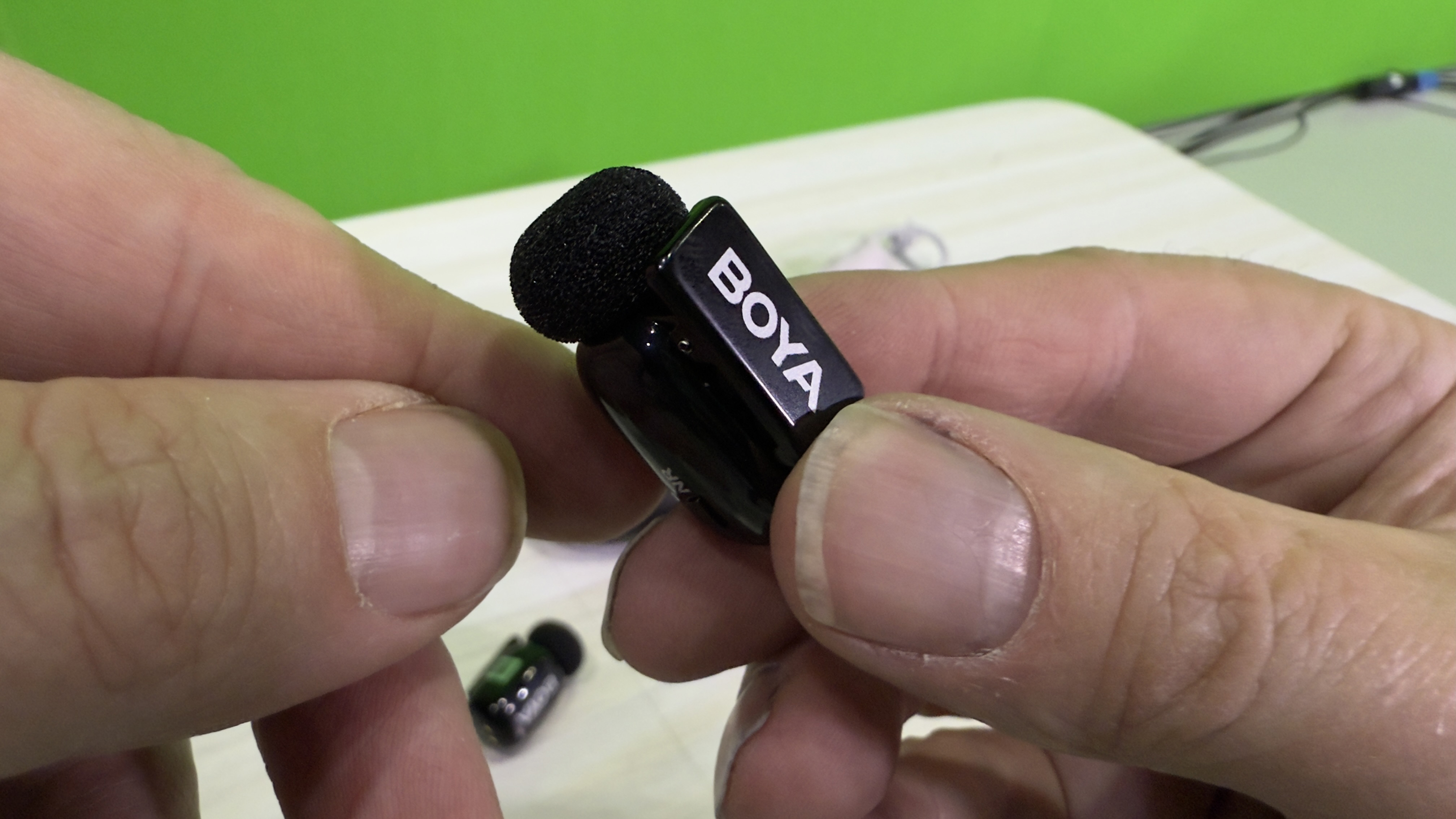
The Boya mic’s receiver is also tiny - the smallest I’ve encountered to date. It’s basically a smooth black plastic oval capsule that you can plug directly into your smartphone’s USB-C port. The kit I tested also shipped with a similarly small Lightning connection receiver which is essential if you own an iPhone that’s older than the iPhone 15 range. There’s also a handy light on the receiver that turns blue or green depending on the NR setting that you choose on the transmitter.
The best camera deals, reviews, product advice, and unmissable photography news, direct to your inbox!
The receiver also has a button that triggers a ‘voice changer’ setting. This is designed to make the transmitted voice sound deeper (more masculine) or lighter and more feminine. At best it's a tacky gimmick designed to appeal to adolescent Tik Tok content creators. At worst you could be recording a serious interview and accidentally distort the subject’s voice! This frivolous feature loses the Boya mini half a star! Which is a shame because I was very impressed by its performance as you’ll see in the next section.
Boya Mini: Performance
To test the Boya mini I took it to the University of Bedford and clipped the transmitter to my lapel in a noisy coffee bar. I attached the receiver to my iPhone 16 Pro which was mounted on a mini tripod. I then pressed the NR button on the transmitter to toggle between a normal transmission (where the light on the transmitter and receiver is blue) to the built-in noise reduction setting which produces a green light.
As you’ll hear from our accompanying video the noise reduction setting worked well, with the background chatter and hum from a fridge dipping considerably. All software noise reduction solutions can add a slight warble to the recording (where background noise occasionally intrudes), and this was the case with the Boya mini
Still, my voice was still nice and clear with the NR setting turned on. The transmitter has three levels of noise reduction to help you deal with different levels of background noise. You need to tap the NR button to cycle through each NR level. In practice, I found it impossible to tell which NR level I was using during a take as you only see a green (NR on) and blue (NR off) light when you press the NR button. So I just turned NR on and hoped for the best.
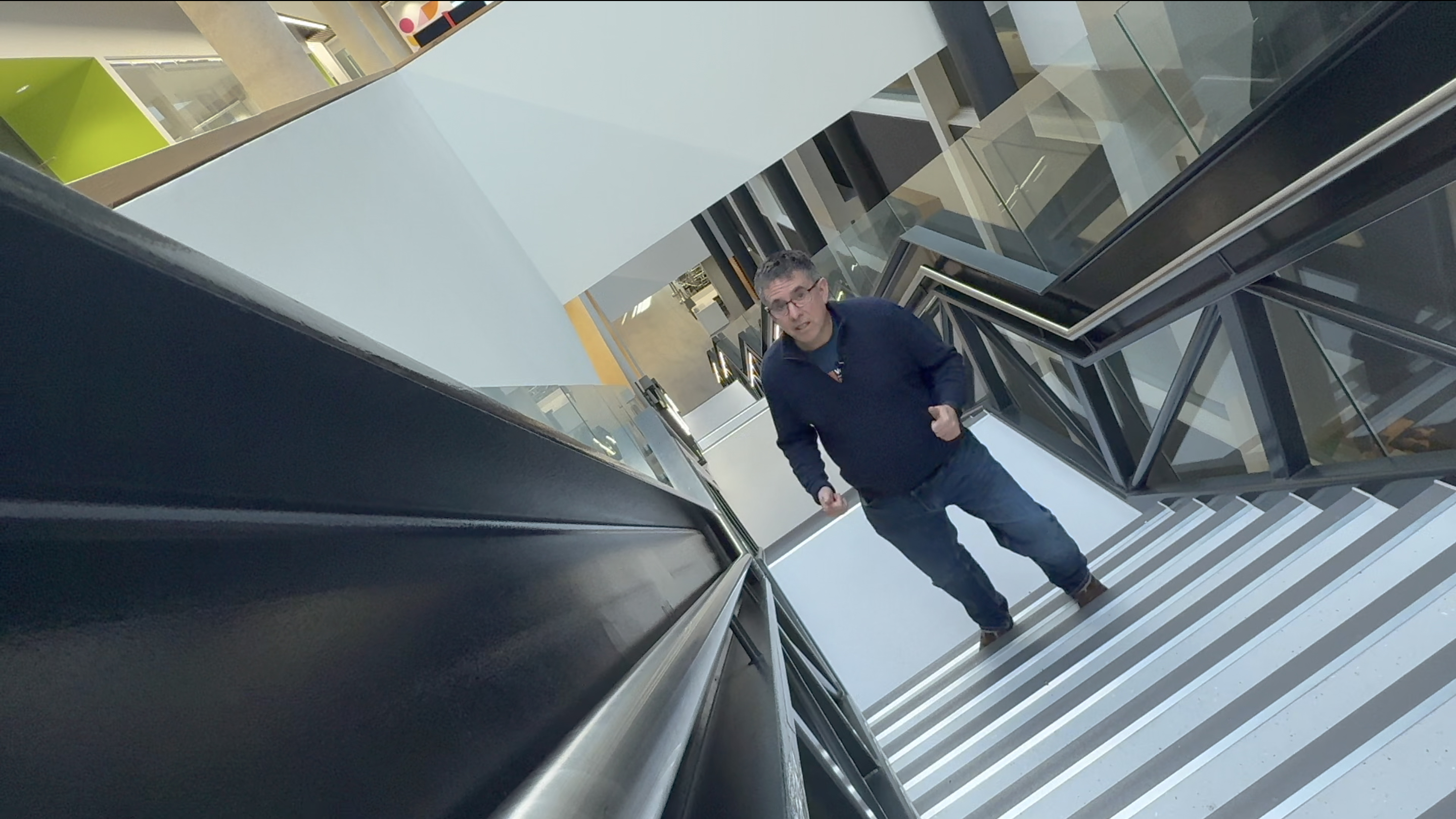
The voice quality is excellent when NR is turned off. This is due to the CD quality 48 kHz / 16-bit audio resolution transmitted by the mics. The transmitters also have a built-in limiter that’s designed to stop voices from becoming distorted up to a level of 120 dB. I gave this feature the ultimate test by recording a sequence in the university’s student union bar that evening. The location was so loud that my two subjects had to shout across the bar at each other.
The audio signal does become clipped at several points in the conversation and the voices were slightly muffled due to NR processing, but the distortion you’d expect in such a challenging location was negligible. Normally if recording a drama I’d shoot in an empty bar and add background chatter in the edit. However, I had no control over the noise in the bar during my test so had to rely on the kit’s NR feature which produced a usable recording. This makes the Boya mini an attractive solution for documentary filmmakers who need to capture audio in loud environments.
Finally, I performed the obligatory distance test for the Boya mini wireless mic kit. I popped the iPhone at the top of the longest flight of stairs I could find in the University and talked as I walked from the top stair to the bottom. Given the small size of the transmitter and receiver, I fully expected the signal to drop out quite quickly, especially when I turned away from the camera and the mic and receiver lost line of sight with each other. Most mics encounter a bit of dropout in these conditions. However, after getting my breath back - those were very long stairs and I recorded a few takes! - I was astonished to hear that my voice sounded loud and clear throughout the test recording. I will never judge a mic by its size ever again.
Boya Mini: Verdict
So, the Boya mini. What do I think of it? For its price, it’s very impressive. It costs around a third of the price of the not-quite-as-small DJI Mic Mini kit yet it still captures clean clear CD quality audio.
Compared with the DJI Mic Mini’s 300-meter range the Boya mini only stretches to 100 meters - but surely that’s as far as most people would need to stray from their camera? And unlike many mics I’ve tested there was no signal drop out. Despite the tiny size of the Boya mini’s transmitters, they were strong enough to go the distance (even when losing line of sight with the transmitter!). The kit even performed well in the noisiest environment I could find - a student bar.
My main gripe is the inclusion of the gimmicky voice-changing feature which could get turned on in error - and you’d only discover if that happened by playing back your recording. All in all, though, the Boya mini is an excellent smartphone-compatible mic kit for the price and one you’ll always have close to hand as it won’t steal too much space in your pocket.
| Features | Very small and highly portable, though lacking magnetic attachment option. | ★★★★☆ |
| Design | Pre-attached windshields speed up workflow and the small 5g transmitters don’t ruin the line of your clothing. | ★★★★☆ |
| Performance | Noise reduction feature works well in the nosiest locations and transmitters go the distance without signal drop out. | ★★★★★ |
| Value | At roughly a third of the price of the similarly small DJI Mic Mini this kit is very budget friendly. | ★★★★☆ |

✅ Buy it...
- You’re a smartphone user
- You need a pocket-size mic kit
- You’re on a budget
🚫 Don't buy it...
- You need to monitor the receiver’s output
- You need to transmit beyond 100m
Alternatives

DJI Mic Mini: The DJI Mic Mini (with 2 mics and a charging case) costs nearly three times the price of the Boya mini, but it does transmit three times the distance. The DJI Mic Mini also broadcasts for longer than the Boya Mini, so bear that in mind if you have an intensive shooting schedule. Like the Boya Mini, the DJI Mic Mini has multi-level noise-cancelling settings. Unlike the Boya mini, you can attach the DJI’s negligibly heavier 10g transmitter mic to the subject via supplied magnets, which makes the minuscule DJI Mic Mini transmitter easier to attach or even hide. If you already own DJI products such as the Osmo Action 5 Pro then you can transmit your voice directly to those gadgets via Bluetooth!
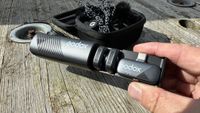
Godox Cube-SC: If you’re in the market for a mini smartphone-compatible wireless mic kit then the Godox Cube-SC is worth investigating (and you can check out our full review from the link below). The mics and receiver are impressively small so the kit is portably pocket-sized. The charging/carry case also has the distinction of being compatible with Apple’s Find My app which could come in handy when on location. You can also use a button on the transmitter to make your smartphone start/stop recording - a very unusual and useful feature for solo vloggers!
George has been freelancing as a photo fixing and creative tutorial writer since 2002, working for award winning titles such as Digital Camera, PhotoPlus, N-Photo and Practical Photoshop. He's expert in communicating the ins and outs of Photoshop and Lightroom, as well as producing video production tutorials on Final Cut Pro and iMovie for magazines such as iCreate and Mac Format. He also produces regular and exclusive Photoshop CC tutorials for his YouTube channel.
